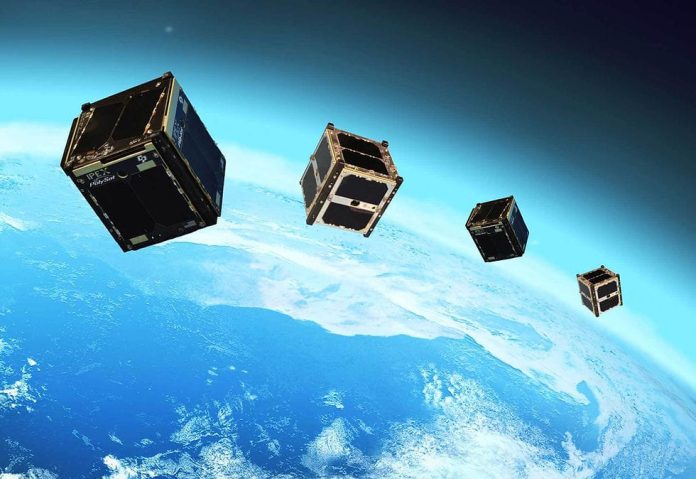Two pioneering Moroccan university nanosatellites, “UM5-EOSat” and “UM5-Ribat,” were recently launched by SpaceX’s Falcon 9 from the Vandenberg base in California, USA. The launch, which took place on August 16 at 19:56, marks a significant milestone in Morocco’s space exploration efforts.
This project is the result of a collaboration between Mohammed V University of Rabat, the National Center for Scientific and Technical Research (CNRST), and the Royal Center for Space Studies and Research, according to a statement from Mohammed V University.
The initiative aims to train a new generation of Moroccan researchers and engineers in space technologies. Each of the two satellites weighs less than 4 kg and measures 300 x 100 x 100 mm. “UM5-EOSat” is equipped with a camera for Earth observation missions, while “UM5-Ribat” features a software-defined radio (SDR) for telecommunications tasks, including tracking commercial aircraft (ADS-B), ships (AIS), and collecting data from ground-based IoT terminals.
The nanosatellites’ reprogrammable design in orbit demonstrates the advanced expertise developed at Mohammed V University, allowing for in-flight adjustments or modifications to the satellites’ functionalities as needed.
The project was undertaken by researchers from the University Center for Research in Space Technologies (CURTS) at the Mohammed V University, housed at the Mohammadia School of Engineers. The CURTS will continue to manage the operation of the two nanosatellites, with dedicated ground stations for tracking and control.
Over the next two months, researchers will conduct commissioning tests (LEOP) and validate the performance of the satellites, further strengthening the university’s expertise in space engineering.
The data collected by the nanosatellites will be made available to national universities, contributing to the advancement of academic research in Morocco.
This achievement highlights “the commitment of Moroccan universities to academic and scientific excellence and reflects the Kingdom’s prominence in space technology research under the visionary leadership of His Majesty King Mohammed VI,” the statement concluded.





